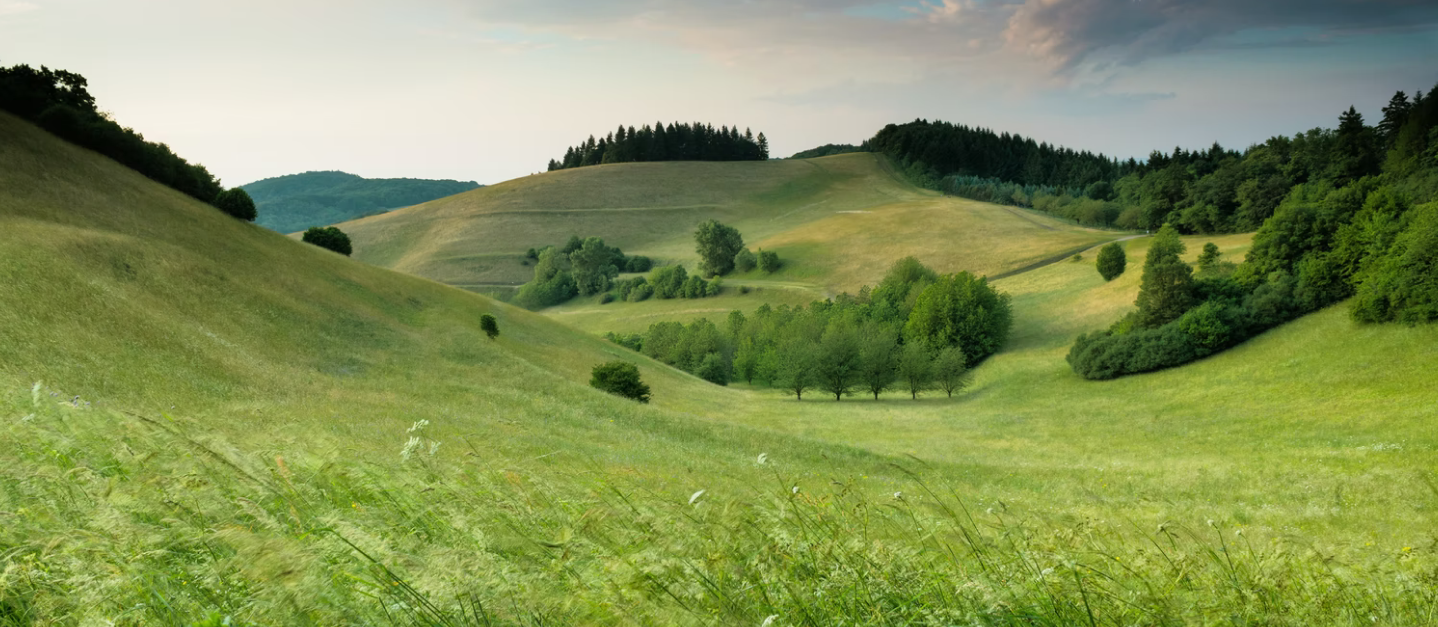
· COMMUNITY ORGANIZING ·
TOOLKIT
ON ECOSYSTEM
RESTORATION
Why this toolkit
In this toolkit, we will walk you through the importance of community organizing, offer some potential aspects of your project, present successful examples of community-organized restoration and then clue you into the wealth of tools including online and financial resources. By the end of this toolkit, you'll be ready to take action and restore your local ecosystem.
IUCN has put together the "Community Organizing Toolkit on Ecosystem Restoration" to equip you, as change-makers, with the tools, knowledge, and resources necessary to restore your ecosystems back to productive, and healthy spaces.
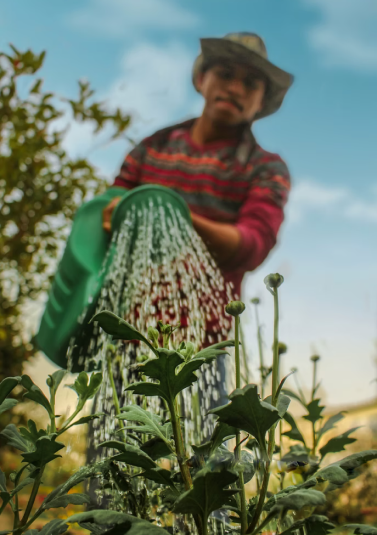
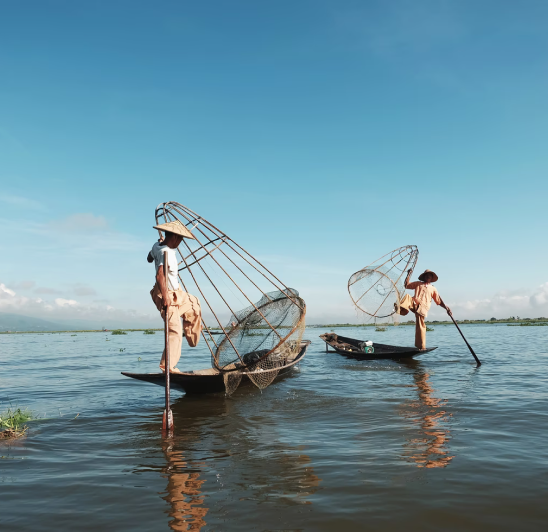
Ecosystem degradation has reached the far corners of our planet from our precious rainforests to our priceless reefs.
Irresponsible human activities have caused and exacerbated our climate crisis and ecosystem degradation, forcing us to cope with biodiversity loss, habitat destruction, dramatic weather events, and more. A recent UN report found that more than 75% of the earth's terrestrial areas are substantially degraded. This has had a huge impact on biodiversity, human health, and economic well-being. But there is hope. Individuals around the world, like you, are rallying around our planet and searching for solutions to our biggest environmental impacts.
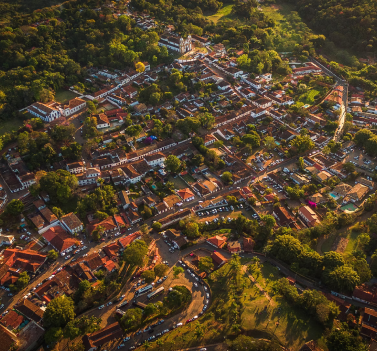
Principles to Guide the UN Decade of Ecosystem Restoration.
Throughout the toolkit, we will highlight concepts and lessons that tie into these principles to provide some context and larger integration with the movement.
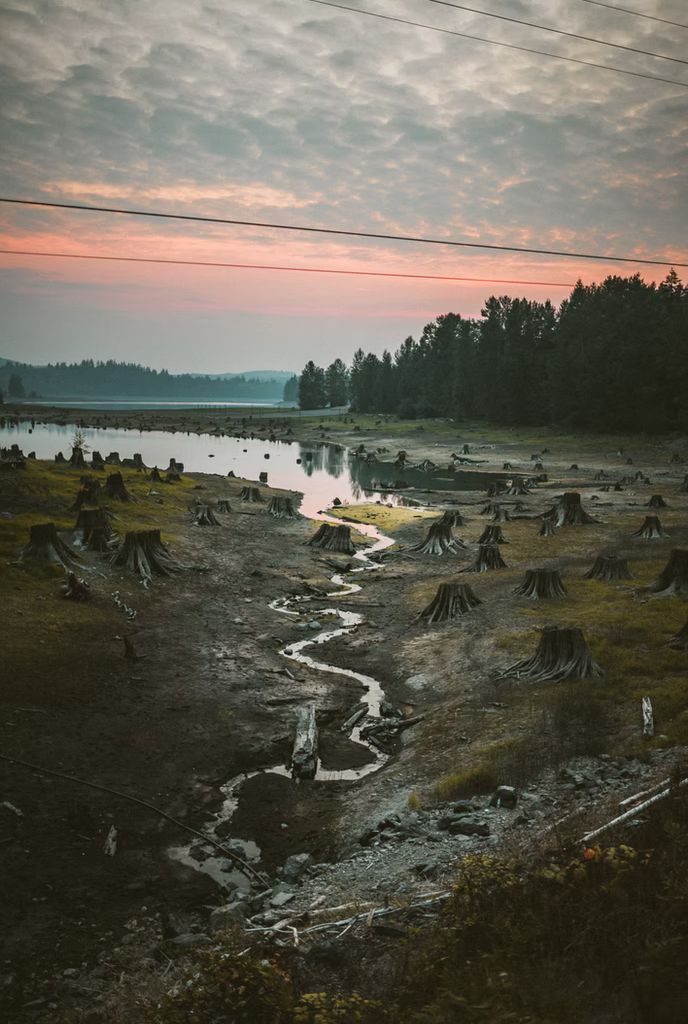
What is ecosystem degradation?
Ecosystem degradation is a negative trend in ecosystem condition, caused by direct or indirect human-induced processes including anthropogenic climate change, expressed as long-term reduction or loss of at least one of the following: biological productivity, ecological integrity, or value to humans. This may impact the ecosystem's features and cause changes in water and soil quality as well as wind and sunlight patterns.
Is there an ecosystem that has started to look different? Has it gotten smaller since you have lived in the area? Do people tend to visit it less than before? Were there more animals or plants in the area 5-10 years ago? Do you see people mistreating it? If so, your local ecosystem may be degraded.
Any less hospitable, less functioning, or less diverse ecosystem can be considered degraded.
What causes ecosystem degradation?
Ecosystem degradation can lead to erosion, ocean pollution, groundwater pollution, lower air quality, increased CO2 emissions, decrease in water availability, drinking water contamination, loss in biodiversity, loss in land productivity, species endangerment or extinction, increased incidents of disease in humans and animals, more frequent dramatic weather events and more.

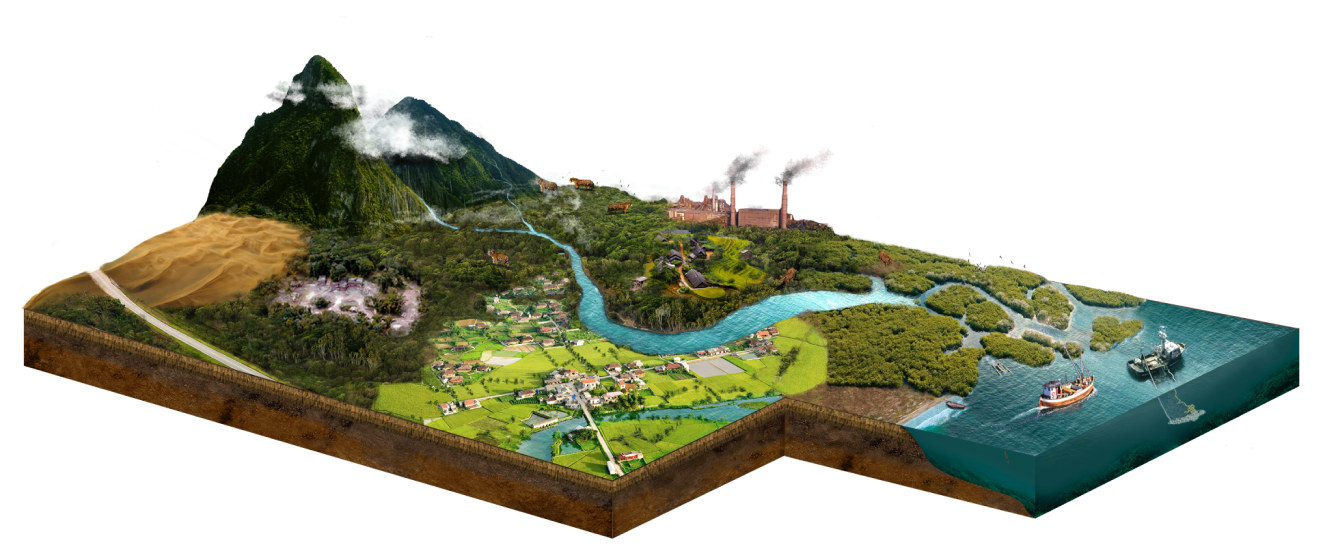
What is ecosystem restoration?
The UN defines ecosystem restoration as: "the process of halting and reversing degradation, resulting in improved ecosystem services and recovered biodiversity. Ecosystem restoration encompasses a wide continuum of practices, depending on local conditions and societal choice". It can be anything: planting trees, replanting coral, rewilding, restoring forest beds, eradicating invasive species, implementing natural groundwater filtration, or advocating for more intentional greenspace in your urban community.
Ecosystem restoration efforts can take place in many different shapes and forms, depending on the ecosystem that needs restoration. Take a look at IUCN’s new restoration intervention typology.
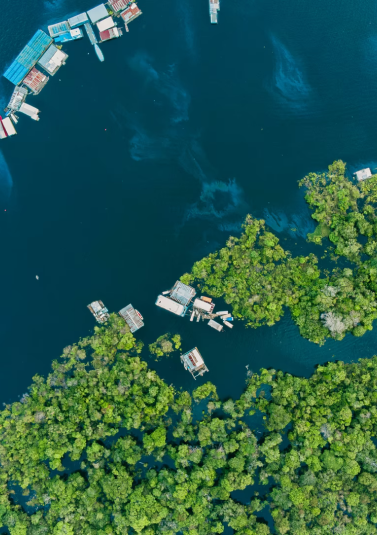

Ecosystem restoration can...
Bring back native species & eradicate invasive species
Increase biodiversity
Increase ecosystem productivity & revive ecosystem services
Decrease erosion
Improve air and water quality
Increase community stewardship, empowerment, and autonomy
Enhance community involvement
Empower indigenous and local knowledge
Improve livelihoods through increased local input
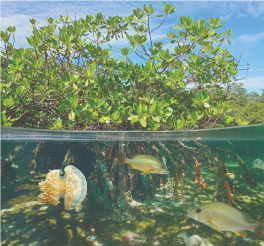
Why do we need it?
For our financial wellbeing
Between 1997 and 2011
Between 1997 and 2011
For our physical wellbeing
As of 2016
Better health
Climate change
For our ecological wellbeing
from 2000 to 2015
By 2030
Extinctions
Case Studies
Highlighting individuals and communities that successfully restored their local ecosystem via their grassroots restoration activities.


Kayole Kenya

Kayole, a suburb of Nairobi, Kenya. Samuel Odamo, a garbage collector and community leader, noticed people in his community would often go into the city of Nairobi to relax and gather in the parks. He wanted to make it possible and attractive for his neighbors to have recreational space in their own community. A space where children and families could feel safe to play and congregate.
Kayole was one of the communities that benefitted from the Nairobi Sanitation Project. This project afforded them funding for sanitation and water services. Odamo's organization, Kayole Mtaa Safi, thought this would be the perfect opportunity to allocate open space for recreation areas. Together, the community began to pick up trash, plant trees, and create simple structures for children to play on and paths for people to walk on.
"We see the community is really appreciating what we are doing. They are realizing the benefit. When you engage that community and the community takes the ownership, that means sustainability of the project is guaranteed. We put our hands together and we do something for our own benefit. Then it works well." - Samuel Odamo
Perhaps the more remarkable result of the project has been youth involvement. Many of the young community members have become passionate about the project as well. Between 60-70 young people regularly take part in protecting and maintaining the estate. Odamo has leveraged the project as a learning opportunity, seeking to teach school kids about environmental stewardship and community organizing.
Odamo and the people of Kayole saw a need in their community and an opportunity to help themselves while helping their ecosystem
